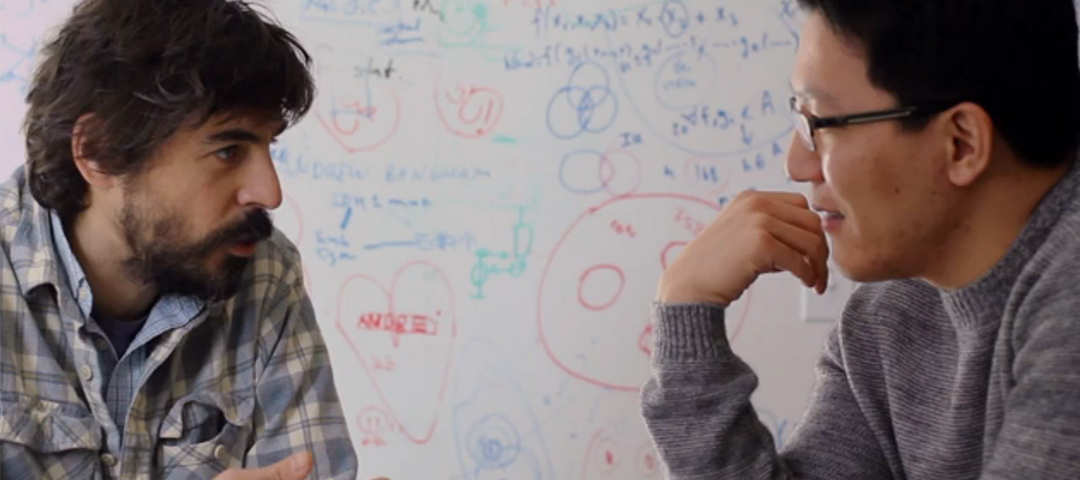BIOCELLION: New Supercomputer Software Framework Models Biological Systems at Unprecedented Scales
 isbscience.org/news/2014/08/15/biocellion-new-supercomputer-software-framework-models-biological-systems-at-unprecedented-scales/
isbscience.org/news/2014/08/15/biocellion-new-supercomputer-software-framework-models-biological-systems-at-unprecedented-scales/
3 Bullets:
- Computer simulation is a promising way to model multicellular biological systems to help understand complexity underlying health and disease.
- Biocellion is a high-performance computing (HPC) framework that enables the simulation of billions of cells across multiple scales.
- Biocellion facilitates researchers without HPC expertise to easily build and simulate large models.
By Theo Knijnenburg
How do molecular changes, such as a mutation in the DNA or infection by a virus, lead to a disease that affects the whole body? We know that diseases must be understood in the context of the whole body. Yet, we also know that on a smaller scale, cell-to-cell interactions as well as the concentrations of biomolecules inside the cells play a crucial role. But how can we begin to understand the complexity underlying health and disease? Computer simulation may be the answer. That is, computer simulations will allow us to model the important properties of the inside and the outside of various types of cells, and then let billions of those cells interact with one another to study the biological phenotype.
Title: Biocellion: accelerating computer simulation of multicellular biological system models
Journal: Bioinformatics
Authors: Seunghwa Kang, Simon Kahan, Jason McDermott, Nicholas Flann, Ilya Shmulevich
Link: bioinformatics.oxfordjournals.org/content/early/2014/08/09/bioinformatics.btu498
To enable such large scale simulations, researchers at Institute for Systems Biology, Pacific Northwest National Laboratory, and Utah State (ISB affiliate faculty member Nicholas Flann) developed Biocellion. Biocellion is an agent-based simulation framework, where cells are modeled as “agents.” One can model the state of these agents, such as the concentrations of intracellular and cell membrane bound molecules, as well as direct interactions with other cells and the extracellular environment. Biocellion is specifically designed for multiscale multicellular biological system models and exploits high-performance parallel computing (HPC) to simulate millions to billions of cells.
An important design aspect of Biocellion is its usability: computational biologists do not need to understand HPC approaches to use Biocellion to study multicellular systems. They simply need to fill their specific model features into a pre-defined framework, after which Biocellion efficiently simulates the model using parallel computers. The usability and scale (billions of cells) make Biocellion stand out from related approaches.
About Theo Knijnenburg: Theo is a research scientist in the Shmulevich Lab and is a member of the ISB Editorial Board.
Learn more: Watch the short Biocellion video or read the full paper here.







